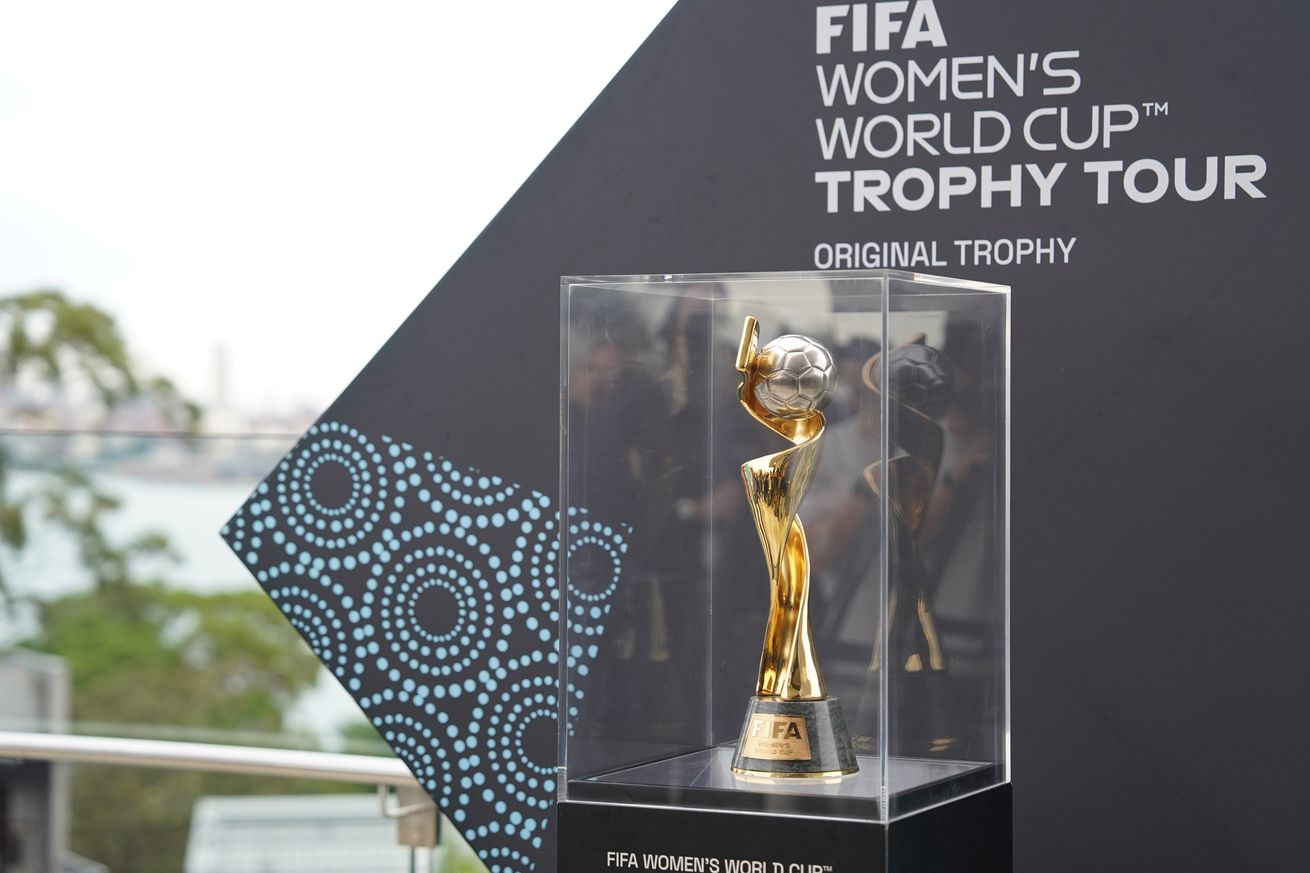American Football
FIFA allowing the Women’s World Cup to honor indigenous people is a rare W
More in American Football
-


Jordan Spieth misses cut, wayward drive off patron costs $20 at Byron Nelson
Jordan Spieth during the second round of the 2024 CJ Cup Byron Nelson. |...
-


Miami Grand Prix 2024: Alex Albon to start F1 Sprint from pit lane
Photo by Kym Illman/Getty Images Williams faces an uphill climb in the F1 Sprint...
-


LIV Golf’s Brooks Koepka re-discovers swagger in final PGA Championship tune-up
Brooks Koepka watches a tee shot during the second round of LIV Golf Singapore....
-


Byron Nelson: 16-year-old Kris Kim stuns golf world, youngest to make cut since 2015
Kris Kim during the second round of the 2024 CJ Cup Byron Nelson. |...





